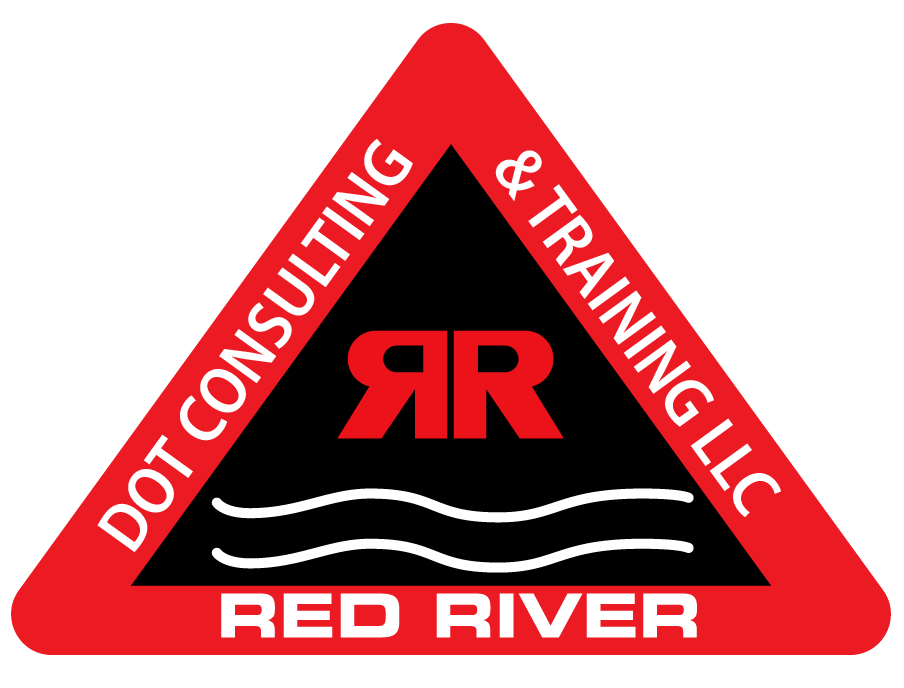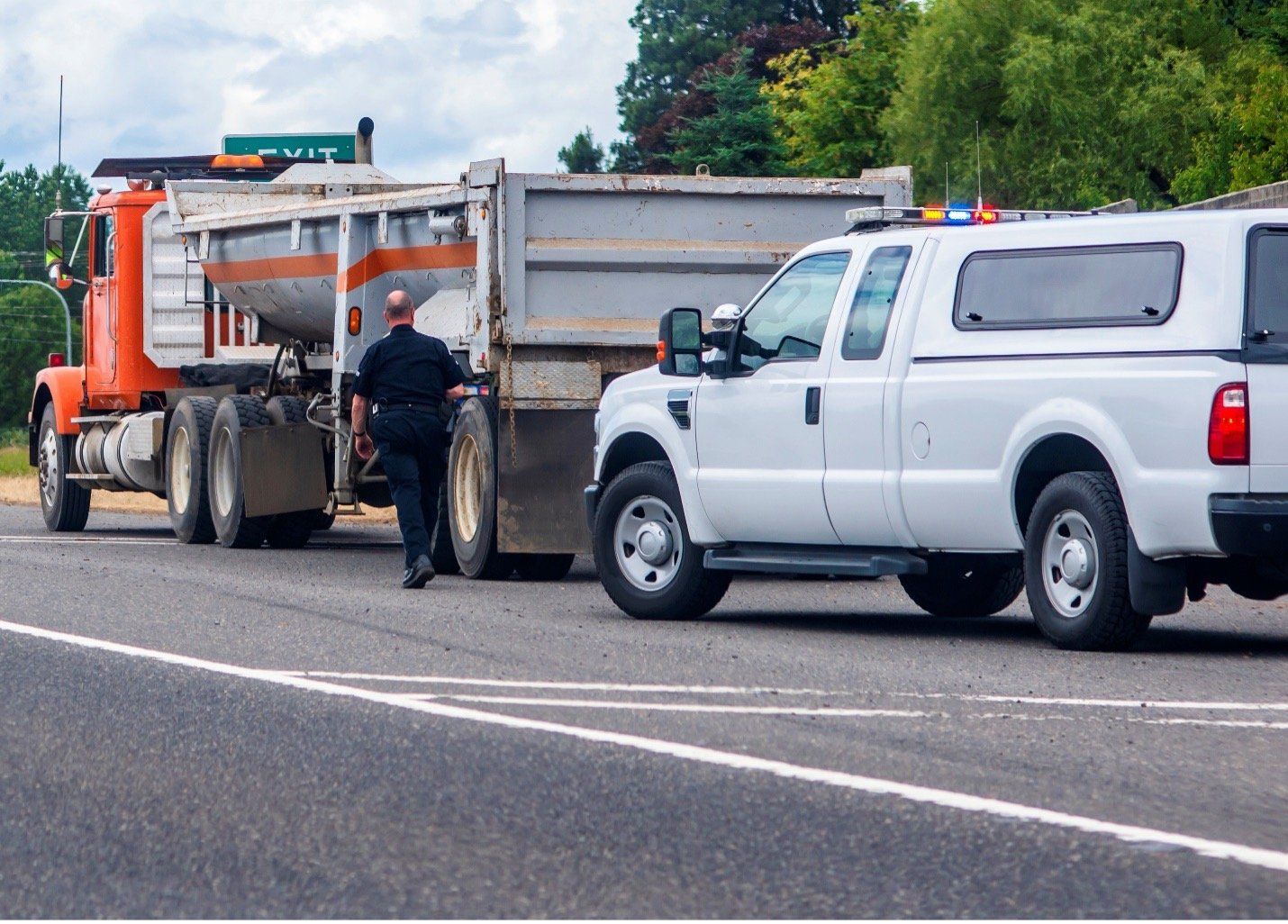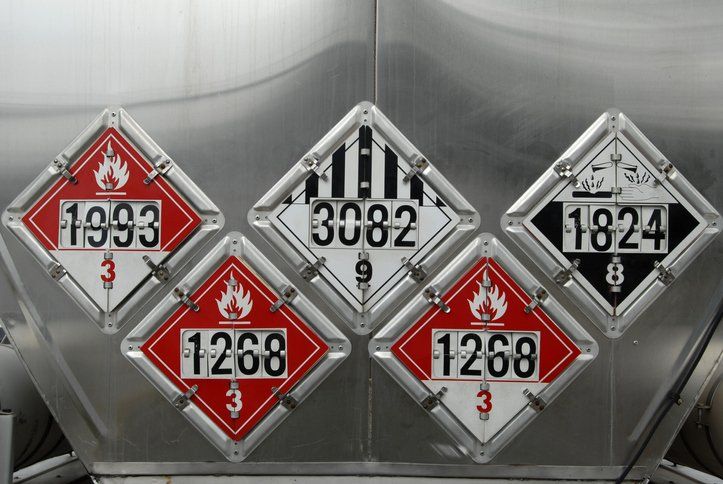An Overview of HAZMAT 49 CFR 172.704 Training Online
49 CFR 172.704 Hazmat Training On-Line
Every trucking employee would love to earn higher pay for their effort. To achieve higher pay, you need to level up on your experience, increase the mileage you receive, and obtain licensing. One of the best ways to increase your earnings is to change your load type. Consider Hazardous Material hauling, which is one of the best paying load types around. To receive this kind of load type, you need the proper HAZMAT training, face-to-face or on-line. This ensures you receive the necessary training and proper license endorsements to handle the job safely.
Why do you need HAZMAT training?
The US DOT, through Title 49 CFR 172.704, mandates anyone who will be handling Hazardous Material receives proper training. This includes whoever handles the paperwork from the signage and loaders to the truck drivers and supervisors.
The HAZMAT training covers six areas. They include general awareness and familiarization safety training, security awareness, and in-depth security training. There's also training specific to your job function, whether as a supervisor, office manager, driver, or loader.
Drivers have specific training outlined in Title 49 CFR 177.816. in addition to the above topics. They are also required to have hazard endorsements added to their CDL. They include:
● Endorsement H: A requisite to transport any hazardous material
● Endorsement X: A requirement to transport hazardous material in a tank
Where can you get training?
Every employee handling HAZMAT has to receive the training within 90 days of getting the position. Until you obtain the training, you will have to work under someone who is HAZMAT-qualified. This training is usually good for three years, or until you get into a new position.
At Red River Dot, we have put in great effort towards providing the HAZMAT training you need. We cover everything from HAZMAT shipping papers to DOT-approved, in-depth HAZMAT Security Training, both in-person or on-line.
Do you want to get started on your HAZMAT training? Click here to get started today!


Follow Us
Call Us
Phone : (405) 246-5004
Phone : (713) 907-8133
Hours
Mon: 8:00AM-5:00PM
Tue: 8:00AM-5:00PM
Wed: 8:00AM-5:00PM
Thu: 8:00AM-5:00PM
Fri: 8:00AM-5:00PM
Sat: Closed
Sun: Closed
3750 West Main, Suite 212
Norman, OK 73072





